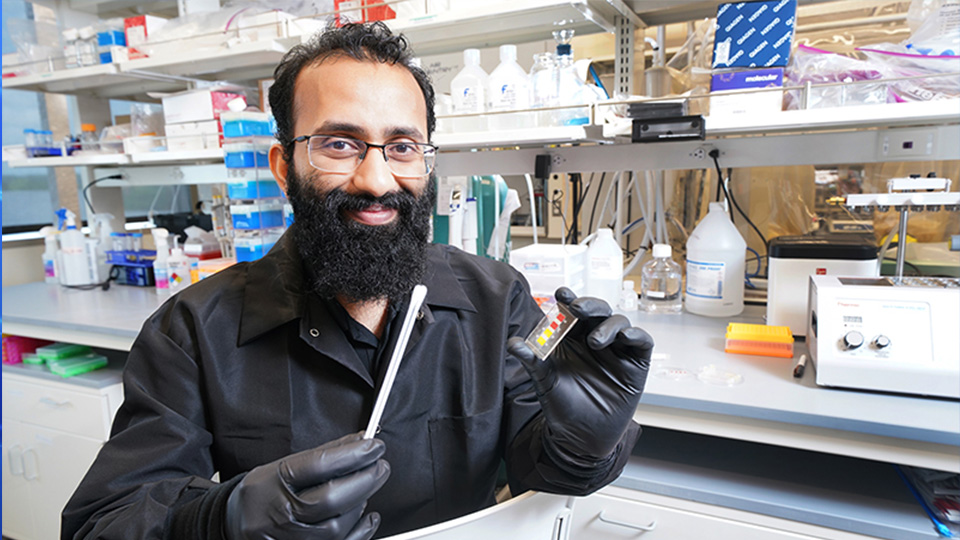Purdue to develop SARS-CoV-2 animal field test
Subscriber Benefit
As a subscriber you can listen to articles at work, in the car, or while you work out. Subscribe Now
Purdue University researchers have $2.7 million of federal funding at their disposal to develop a field test to estimate and predict the spread of SARS-CoV-2 in wildlife and farm animals.
The goal is to use the U.S. Department of Agriculture’s Animal and Plant Health Inspection Service grant to create a simple and affordable avenue for public agencies to test transmission of the virus, which causes COVID-19.
The university will develop both hardware and software that will be able to be used outdoors while hunting and animal production as well as in clinics and at home. The hardware will be for field use and testing, while the software is planned to be a dashboard so results can be uploaded to in order to track spread.
“We’re hoping that the tools we develop will be amendable to low-resource use and can be deployed widely,” said Mohit Verma, assistant professor in agricultural and biological engineering and the Weldon School of Biomedical Engineering.
Plans are to reduce the results waiting period from one day to an hour and to cost about $10.
Researchers hope to improve the test’s sensitivity, which can fluctuate based on the animal side and the rate of virus replication. The team said it hopes to find a level where they can test animals before they start showing symptoms.
While the tests will focus on the SARS-CoV-2 virus, the university said it’s possible it could be adopted for other diseases.
“There is a potential for COVID-19 to be resident in animals and then spill back to humans,” Verma said. “That’s the concern, and that can happen. That’s why we are developing better tools for surveillance in wildlife, companion animals and farm animals.”
The development of such a test is motivated in part by the potential of the disease spreading to humans, Purdue said, and this tool can be used to better know where the disease is festering. It also said that tribal nations are more at risk since those communities have close, routine contact with animals for subsistence and cultural reasons.
